
There’s something oddly satisfying about watching old, dusty buildings get their groove back. One minute, they’re collapsing into themselves like forgotten leftovers in the back of the fridge, and the next—they’re luxury hotels, libraries, or rooftop gardens. So, let’s take a look at 15 spots that went from “Do Not Enter” to “You have to see this.”
Tate Modern (London, UK)
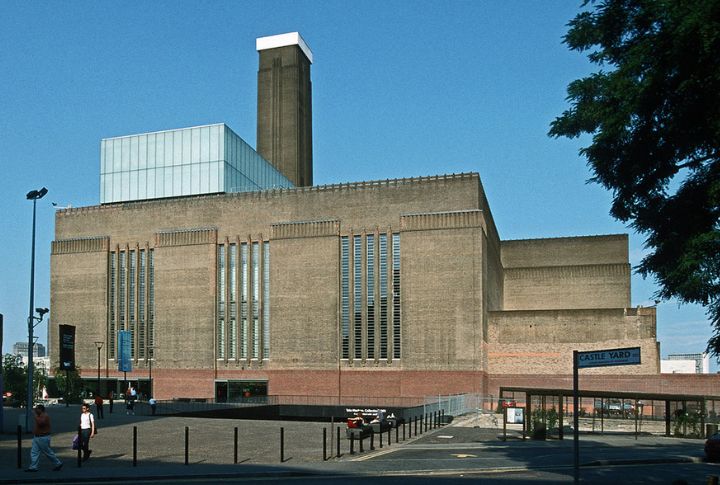
Imagine a power station reborn as a temple of modern art. In 2000, Swiss architects Herzog & de Meuron converted the derelict Bankside Power Station into the Tate Modern, preserving its iconic chimney and vast Turbine Hall. Now, it’s London’s most visited contemporary museum.
High Line (New York City, USA)
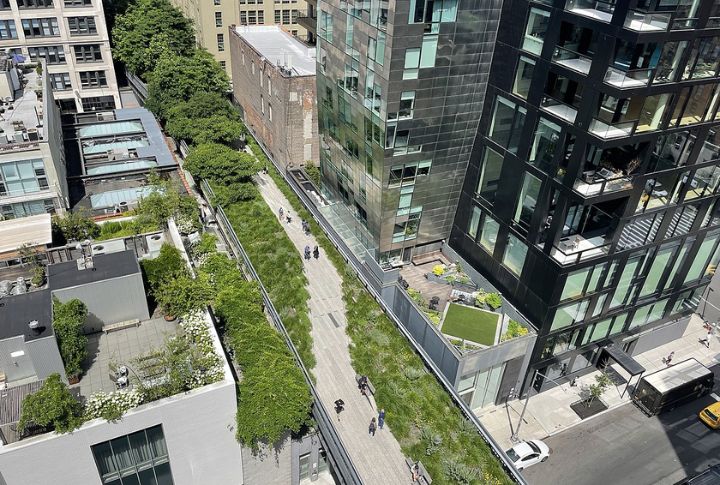
Once a rusting freight rail line, the High Line now floats above Manhattan as a lush public park. Starting in 2009, designers James Corner Field Operations and Diller Scofidio, along with Renfro, turned this relic into an urban sanctuary. Walk it, and you’ll see a city reimagined.
La Fabrica (Barcelona, Spain)
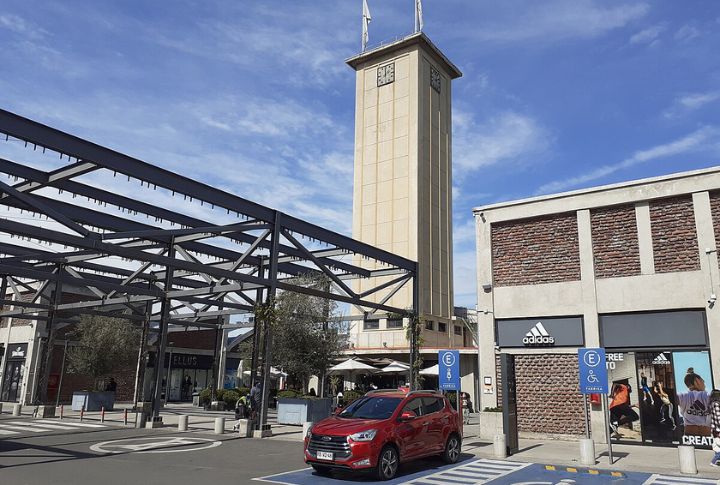
Abandoned cement silos became a surreal home when architect Ricardo Bofill acquired them in 1973. His studio, La Fabrica, blends brutalist industrialism with romantic sceneries. Here, ivy cloaks the facade, while interiors feature vaulted ceilings and vast concrete volumes.
Musee d’Orsay (Paris, France)
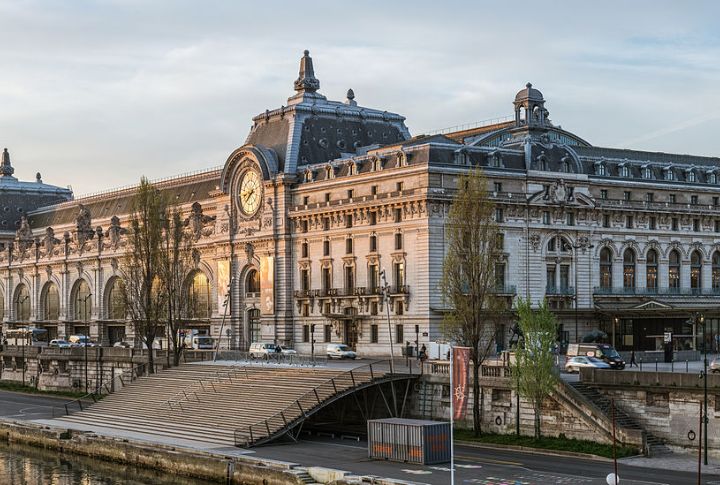
Originally a rail station built for the 1900 World’s Fair, this Beaux-Arts icon morphed into the Musee d’Orsay by 1986. The soaring glass roof still floods light across Impressionist masterpieces. Plus, beneath the iconic clock, you glimpse Paris’s transition from steam to splendor.
The Refinery At Domino (Brooklyn, USA)

This 1882 sugar refinery once dominated Brooklyn’s waterfront. After years of abandonment, it reopened in 2023 as a futuristic office space by Practice for Architecture and Urbanism. Inside, a new glass core rises within preserved brick walls, which is a literal rebirth of sweet industrial power.
Bell Labs (Holmdel, USA)
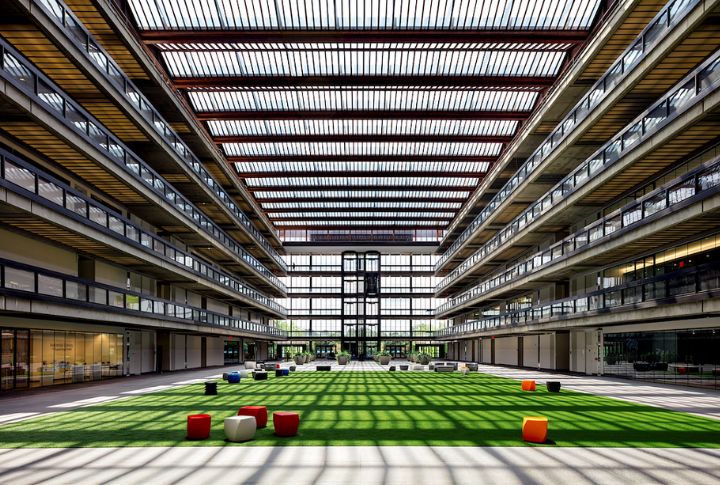
Designed by Eero Saarinen in 1962, Bell Labs lay dormant for years. Renamed Bell Labs Holmdel Complex, it now hosts co-working spaces, retail, and restaurants—all beneath its mirrored facade. This way, innovation pulses again where the transistor and laser were born.
Plant Riverside District (Savannah, USA)

Once a power plant, this one is now a riverside jewel. This 1912 structure reopened in 2020 as a mixed-use district featuring a JW Marriott, art galleries, restaurants, and a giant chrome dinosaur skeleton. It proves even Savannah’s grit can sparkle with enough imagination.
Powerhouse Arts (Brooklyn, USA)

At one point in time, graffiti artists squatted in the Gowanus Batcave. Now, this former power plant thrives as Powerhouse Arts, which is a creative campus for metal, ceramic, textile, and print fabrication. Herzog & de Meuron led its 2023 redesign, fusing history with industrial grit and artistic ambition.
Book Tower (Detroit, USA)
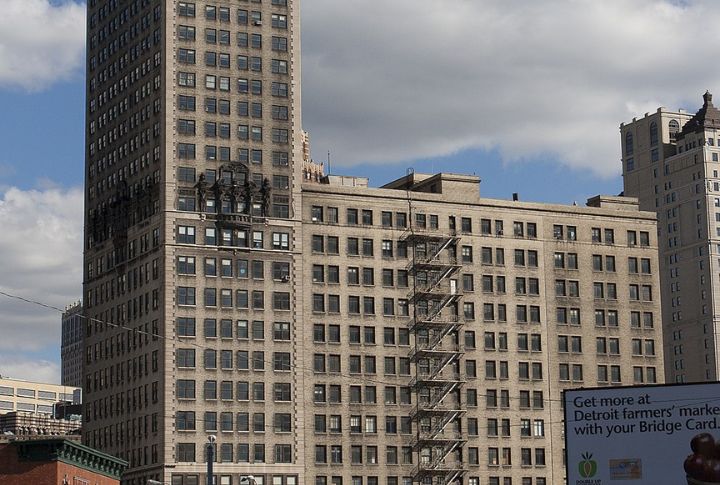
Closed in 1989, Book Tower was a 38-story Renaissance Revival skyscraper that languished for decades. In 2023, a $300 million renovation by Bedrock turned it into apartments, a hotel, and retail space. The ornate lobby now gleams with restored gold leaf and marble.
Tonwell Water Tower (Hertfordshire, UK)
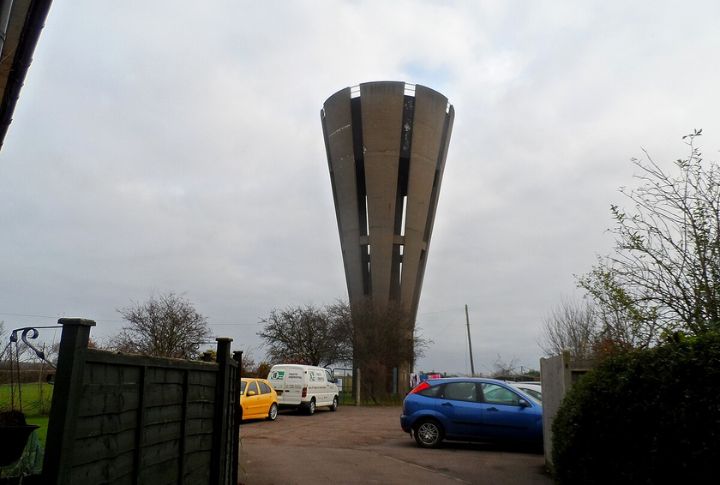
The Tonwell Water Tower stood unused for years until its recent conversion into a luxurious holiday home. This adaptive reuse project retained the tower’s brutalist architecture while introducing modern amenities, offering guests a blend of historical structure and contemporary comfort.
Spreepark (Berlin, Germany)

Once a bustling amusement park in East Berlin, Spreepark now stands frozen in time. Opened in 1969 as “Kulturpark Planterwald,” it was the only amusement park in East Germany. After reunification, it became Spreepark and added Western-style attractions, including a Ferris wheel.
Santa Maria Della Pace (Naples, Italy)
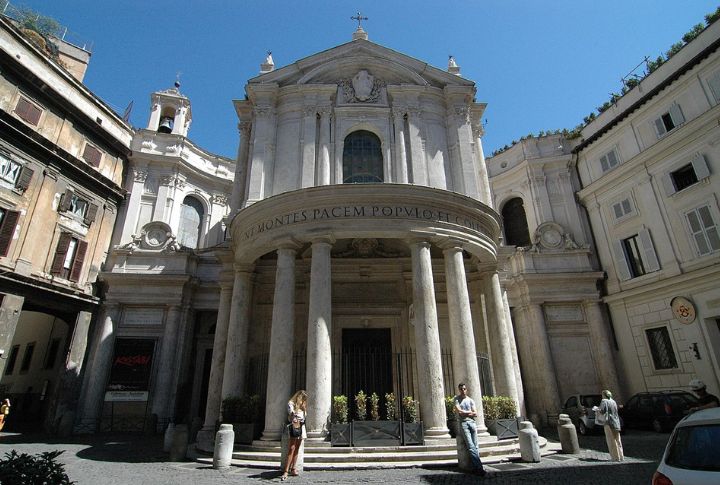
Silence took over this baroque basilica after the war, and neglect scarred it. In 2006, artists breathed it back to life—not with pews, but with projections, installations, and theatrical staging. Hence, arches once echoing hymns now resonate with soundscapes, and nothing sacred was removed.
Neemrana Fort (Rajasthan, India)
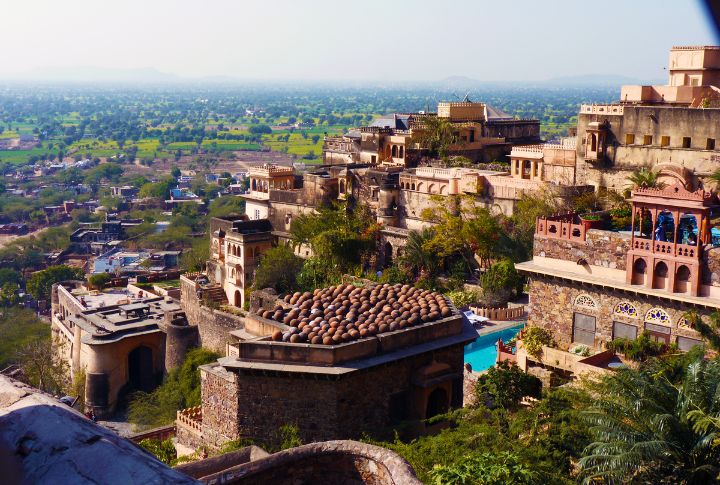
A warrior stronghold turned weekend getaway, Neemrana Fort reopened in 1991 after years of ruin. The 15th-century multi-tiered palace now hosts concerts and weddings from its ancient ramparts. Here, you’re literally sleeping inside a medieval wall in which there is no velvet rope in sight.
Falaknuma Palace (Hyderabad, India)
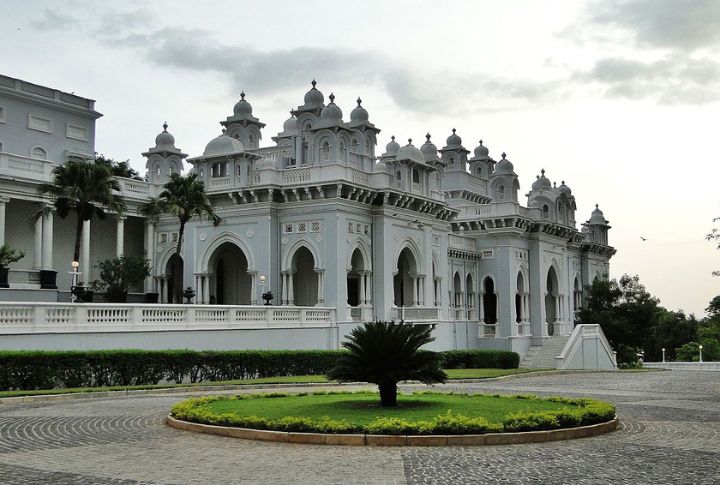
Marble staircases and a 6-ton dining table once stood silent. Over time, Falaknuma, long left empty, returned as a heritage hotel in 2010. Moreover, Nizam’s library, packed with leather-bound treasures, invites you to turn pages where only dust is gathered.
Lake Palace (Udaipur, India)
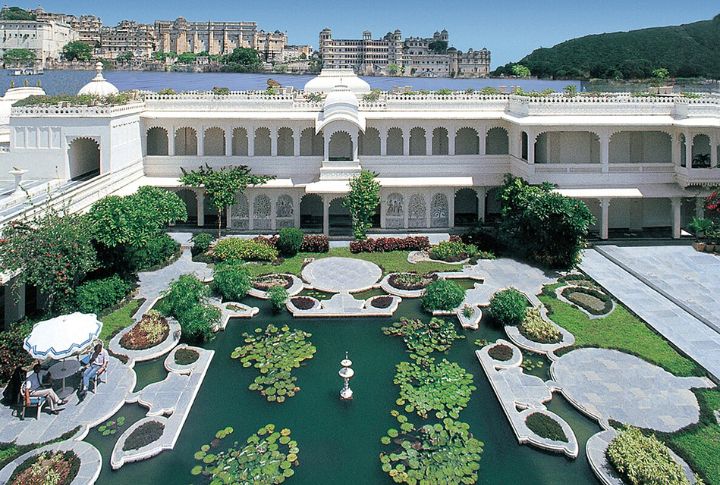
Once an exclusive summer retreat for royalty, the Lake Palace sat neglected post-independence, its marble walls weathered by time. Now fully restored as a luxury hotel, it floats like a mirage on Lake Pichola, blending regal heritage with modern opulence to enchant global travelers again.
Centrale Montemartini (Rome, Italy)
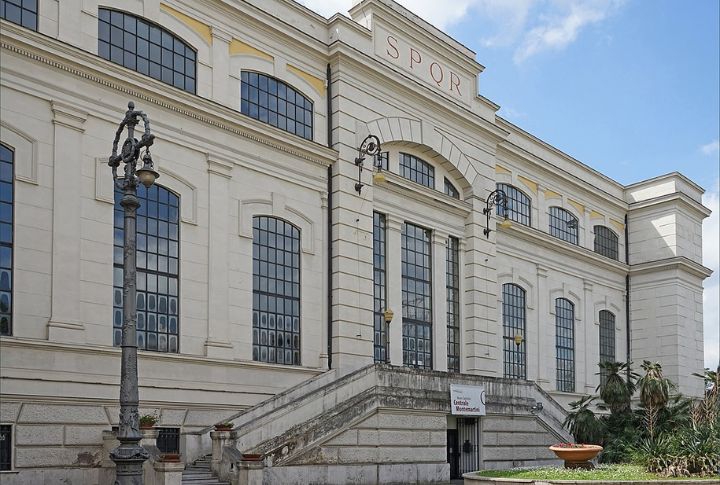
Power plant meets marble gods. This 1912 industrial site now displays ancient Roman statues against steam engine backdrops. Instead of sterile galleries, you view Venus beside turbines and mosaics under steel cranes. It’s a curated collision of two civilizations frozen in time, side by side.
Ritz-Carlton Georgetown (Washington, D.C., USA)
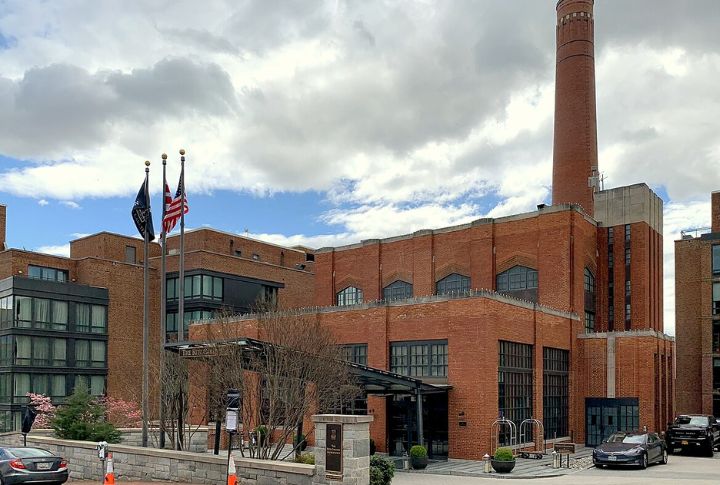
A former incinerator turned into a 5-star luxury? Absolutely. This red-brick industrial shell now houses the Ritz-Carlton Georgetown, opened in 2003. Its smokestack looms over fire pits, and steel beams frame velvet lounges. Trash to treasure never looked this refined.
Bodmin Jail (Cornwall, UK)
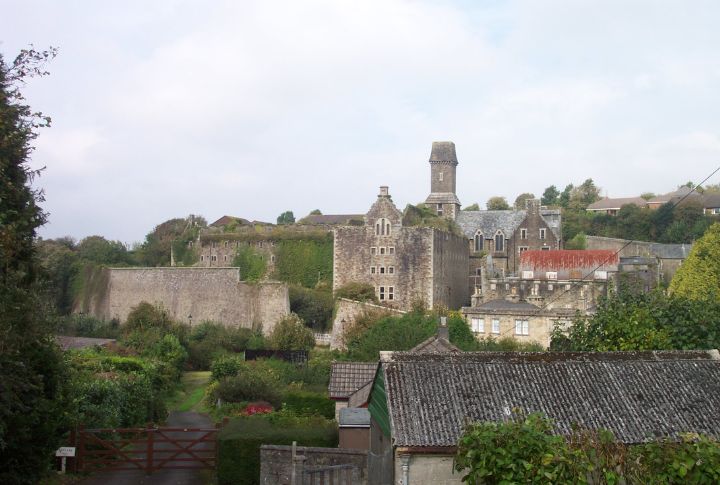
Originally a U.S. Navy barracks, the building later became a hospital before falling into disrepair. Today, Mercy Magnuson Place thrives in affordable housing and community space. The renovation preserved its historic character while adding modern amenities.
Fondazione Prada (Milan, Italy)
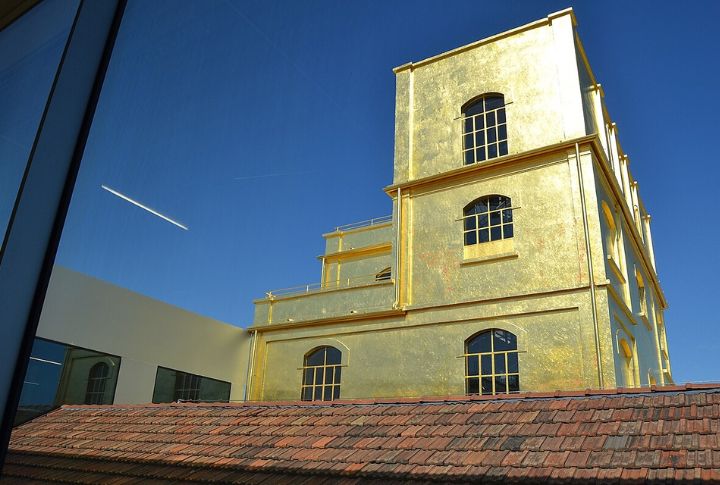
Originally a U.S. Navy barracks, the building later became a hospital before falling into disrepair. Today, Mercy Magnuson Place thrives in affordable housing and community space. The renovation preserved its historic character while adding modern amenities.
The Gasometers (Vienna, Austria)
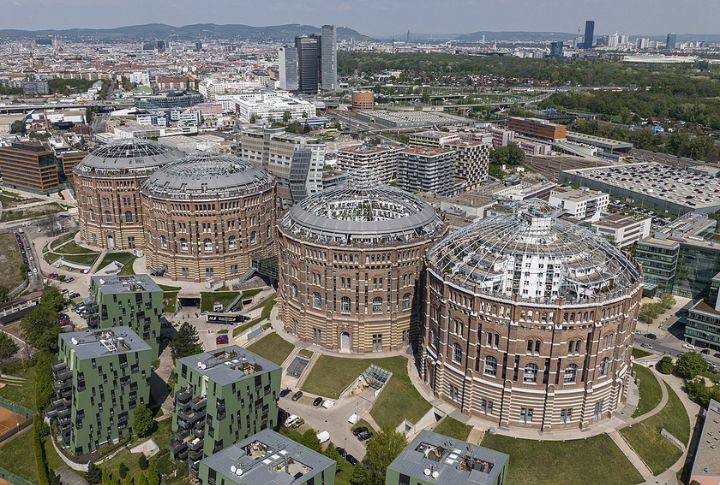
Four cylindrical giants once stored gas for Vienna’s streetlights. After decommissioning in 1984, they stood like stone drums. Today, each houses a world: malls, apartments, offices, and even a concert hall. The original brick skins still wrap them, but the energy inside changed forever.

